
MPCF-250-B2T Plastic Chemical Polypropylene Anti-corrosive Centrifugal Fan For Laboratory Fume Hood

Radial Industrial Blower 120a-62 Forward Curved Centrifugal Fan

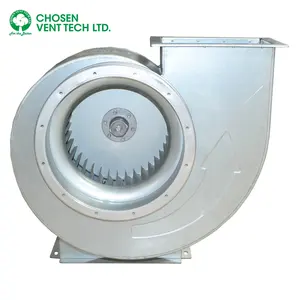
HVAC Centrifuge Air Blower Fan / Ac Centrifugal Fan Blower / Centrifugal Exhaust Fan

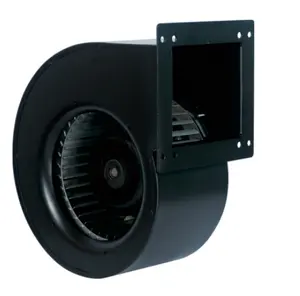
High Pressure Radial Heatsink Fan 120-62mm 2200 Rpm Brushless Centrifugal Fan 178 Cfm Small Centrifugal Blower For Projector


High Efficiency Radial Fan Centrifugal Blower Fan Centrifugal Blower Electrical Motor Commercial Direct Driven Centrifugal Fan

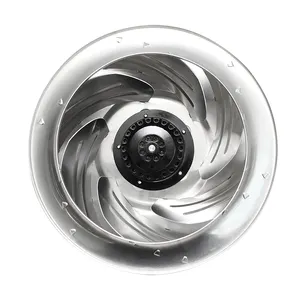
Longwell 355mm AC High Pressure Stable And Reliable Centrifugal Fans For Electronic Cabinet Cooling Computer Room Cooling


6 inch 150 mm Plastic Ceiling Mounted Ventilation in-line Duct Fan

Better Efficiency Industrial Chemical Anti Corrosion Plastic PP Centrifugal Blower Fan for Chemical industry
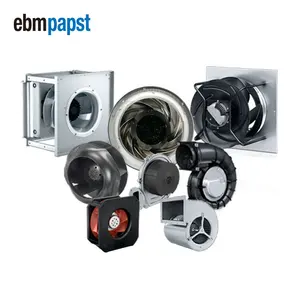
ebmpapst 133mm to 1000mm EC Plug Fan AHU Backward Metal Plastic Impeller 0-10V PWM Control Centrifugal Cooling Fan

5015 fan blowers 50x50x15mm 5v 12v DC centrifugal blower with fan price

High Airflow DC Centrifugal Fan 93mm 9330 12v 24v Brushless Dc Blower

China Supply Two-ball Bearing 17569 175*69mm High Pressure Ventilation Centrifugal Fan

12v 24v 48v 190mm 0-10v/pwm Control Backward Centrifugal Fan metal and plastic wheel ventilating fan for cooling

industrial plastic case low noise centrifugal exhaust fan ac 220V 35W 40W 75W

HAVC Plastic speed control 4" 6" 8" 10"12" inch bathroom Hydroponic Radon exhaust ac ec centrifugal inline duct fan

Pipe Exhaust 150mm Silent Plastic Centrifugal Duct Fan

4''/100mm AC centrifugal fan duct fan 4" / 6" / 8" / 10" / 12" Plastic Hydroponics Centrifugal Inline Duct Fan

190mm DC 24V EC Motor Ceiling Centrifugal Fan with Plastic Backward Impeller

Small-Sized Centrifugal Blower Fan 13.5kpa High Pressure Air Turbine DC Electric Current Plastic Blade Bearing Component

Plastic material dc brushless 12032 fan blower 120x120x32mm 12v 24v dc centrifugal fan

160 EC DC low noise galvanized metalsheet impeller single inlet Forward centrifugal blower fan

HOYOFAN Small Plastic Blade Centrifugal Blower Fan For Air Exhaust For Smoking Room
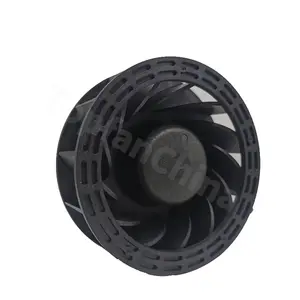
20mm 30mm 40mm 50mm 60mm 70mm 80mm 90mm 100mm 120mm Exhaust Cooling DC Radial Centrifugal Fans

Greenhouse 4 inch 5 inch 6 inch Small Plastic Centrifugal Electric Duct Fan

high air pressure vacuum cleaner plastic 230v centrifugal blower fan

Greenhouse Inline Duct Ventilation Grow Tent Hydroponics Plastic Centrifugal Ac Inline Fan Circular Inline Duct Fan

Greenhouse 4'' 120V Ventilation Plastic Without Speed Controller Inline Centrifugal Duct Fan

2023 hot-selling High quality plastic AC centrifugal fan 6 inch inline duct fan HEE-150P blower for hydroponics

Blauberg Plastic EC 250mm powerful heat resistant centrifugal fan for heat exhaust ec backward fans

LW383*166 Model Plastic centrifugal Fan Blades ABS Fan Blades Manufacturers

Small Ac Centrifugal Backward Curved Blower Fans Plastic OEM Wall Fan 230V Air Curtain Plastic Blower Restaurant Exhaust Fan
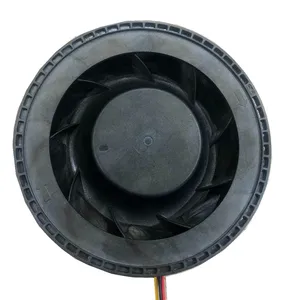
100mm 10025 powerful 24v dc brushless car air purifier 100x25mm high pressure centrifugal fan

Toyon 90*25 plastic silent backward curved blade small centrifugal fan 12v

high pressure pp plastic inline duct exhaust air blower anti corrosion 5.5 kw unilateral push and pull centrifugal lab fans

DCF17569-B 24v 48v DC plastic small Centrifugal Fan

China motorized impeller wholesale custom ec 220mm Backward Plastic Centrifugal Fan
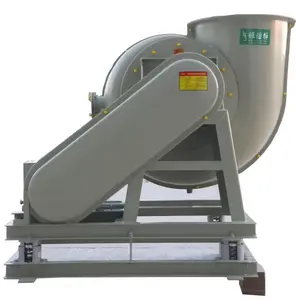
Moderate Price Anticorrosive and Explosion Proof Fiberglass Reinforced Plastics Industrial Centrifugal Fan/Blower

plastic corrosion resistant centrifugal fan

6" 3000 rpm ventilation ultra low noise high capacity smoke removal duct ec centrifugal fan



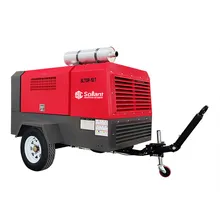

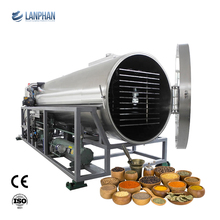


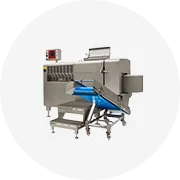
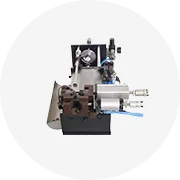

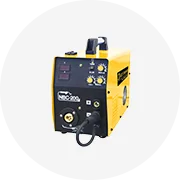
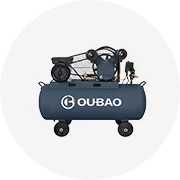
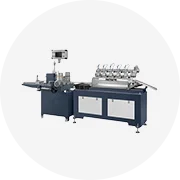
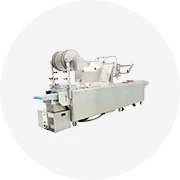
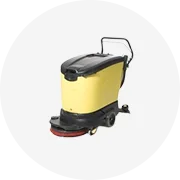
















 浙公网安备 33010002000092号
浙公网安备 33010002000092号 浙B2-20120091-4
浙B2-20120091-4